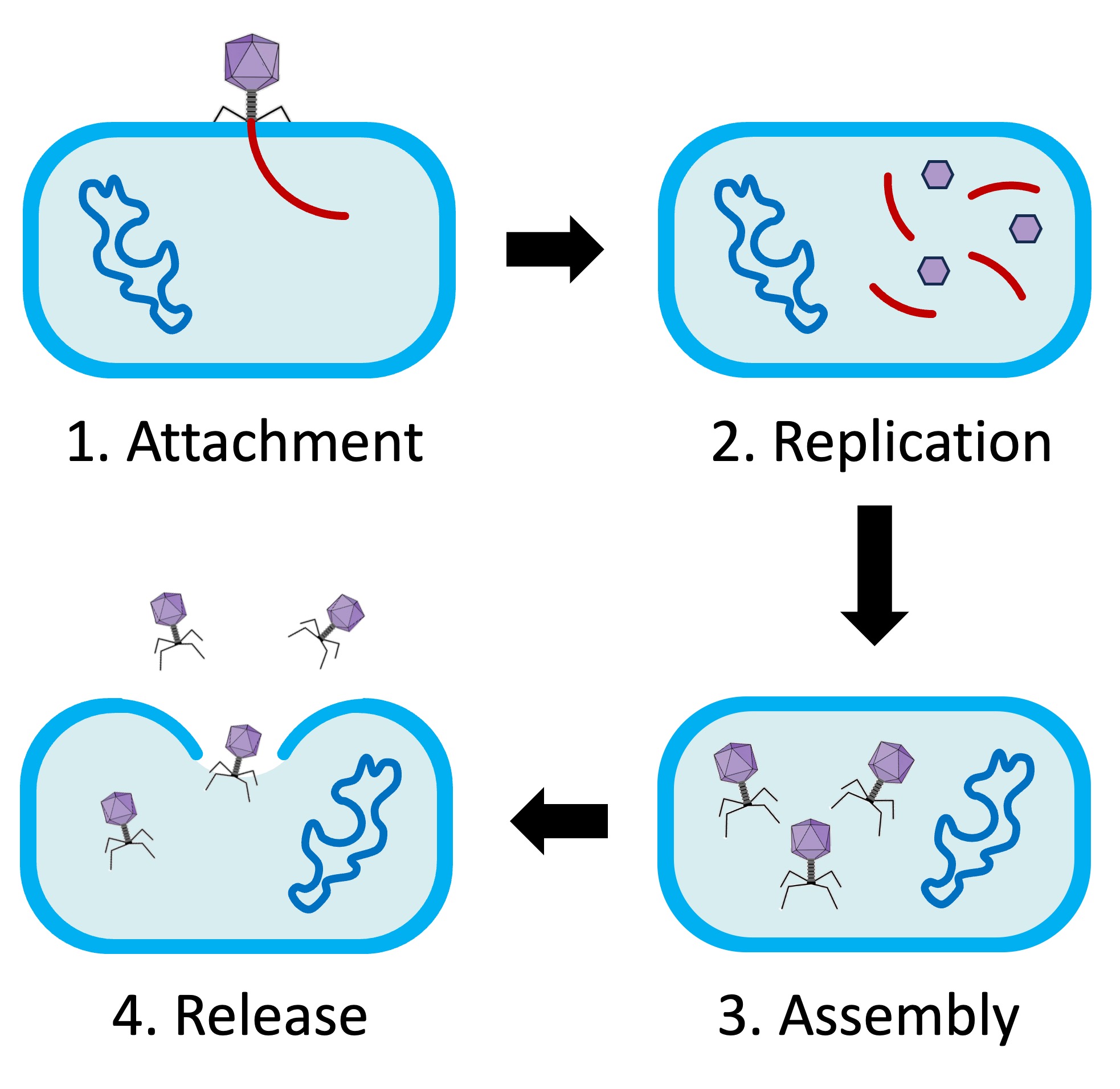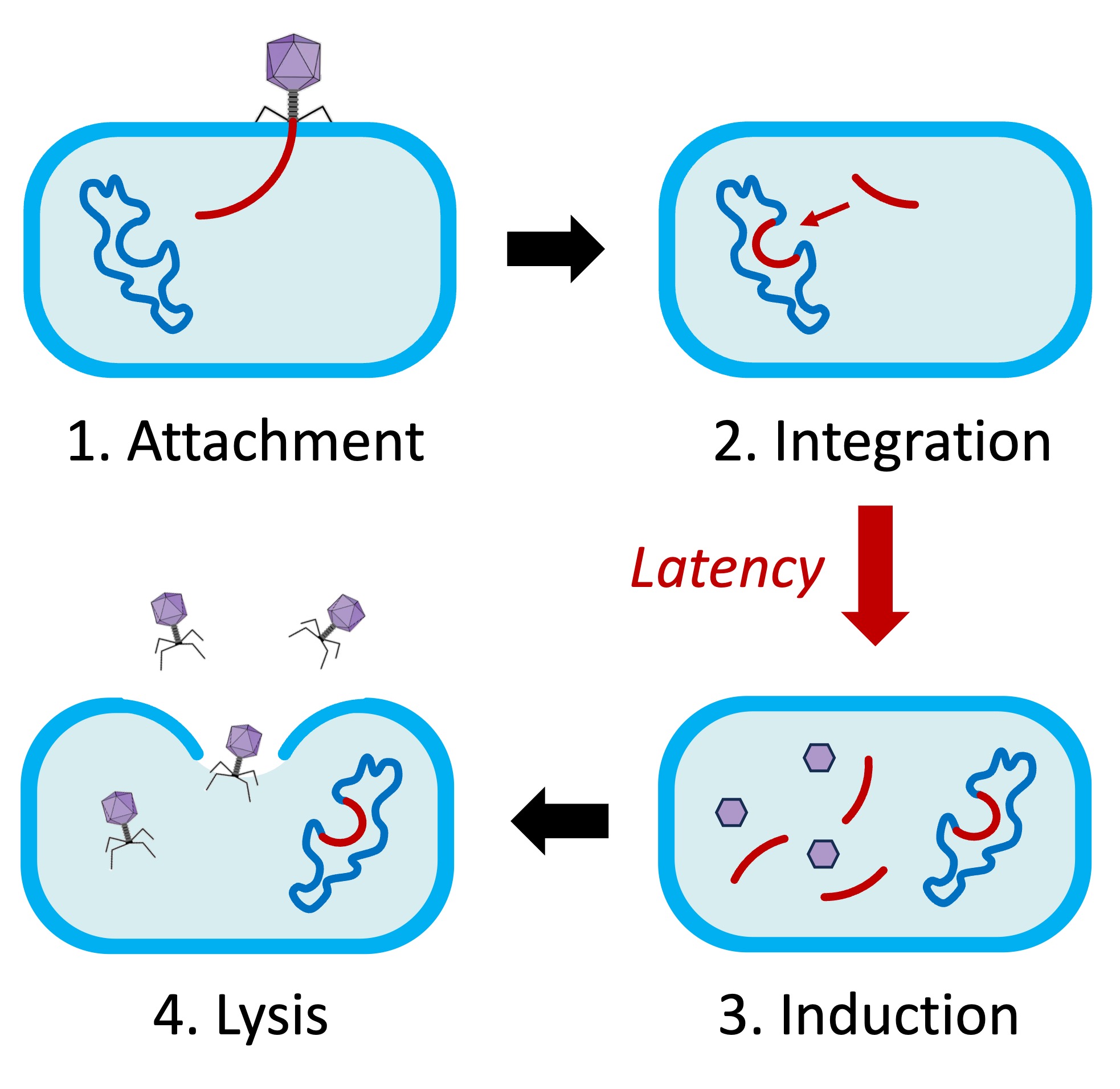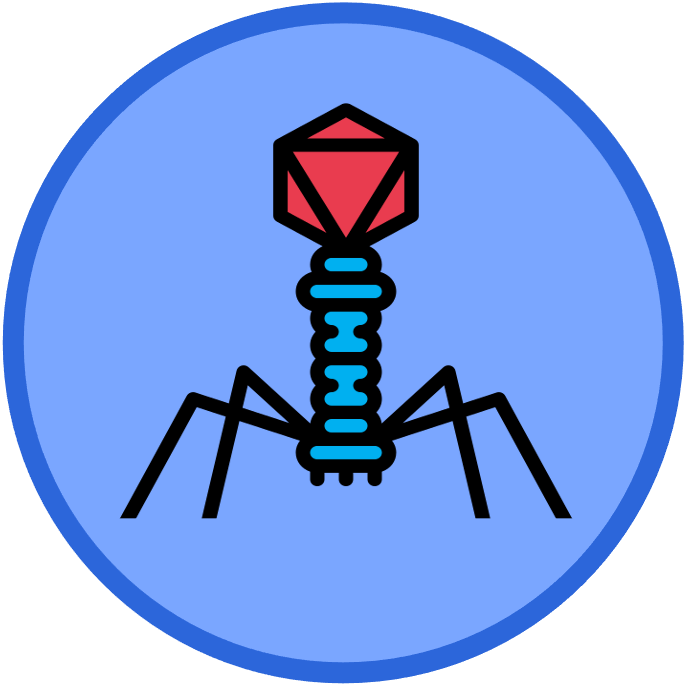

Viral Replication
As viruses lack metabolism they are unable to undertake independent replication (they are obligate parasites)
-
They are obligate intracellular parasites that hijack a cell’s molecular machinery and energy resources
-
Viruses replicate by invading a host cell and utilising its cellular machinery to propagate new copies (virions)
The basic steps of viral replication are common to all viruses:
-
They attach to specific receptor proteins on the host cell (meaning a virus can only infect certain cell types)
-
Their genetic material is inserted into the host cell (mechanism may vary according to capsid structure)
-
Cell machinery is commandeered to replicate genetic material and synthesise viral proteins
-
The component parts are assembled into new viral particles before being released from the host cell
Lytic Cycle
Virions are released by rupturing the infected cell via a process called the lytic cycle
-
Enzymes (such as lysozymes) are synthesised from the viral genetic material and degrade the cell membrane or cell wall
-
Eventually the host cell lyses and the virions are released (the infected host cell is destroyed as a result of this process)
Stages of the Lytic Cycle



Lysogenic Cycle
Certain viruses may assimilate their genetic material into the host cell’s genome via a lysogenic cycle
-
This will result in the continuous production of infected host cells containing the viral genetic material
The lysogenic pathway involves a number of steps:
-
An enzyme (integrase) is synthesised from the viral genetic material that catalyses the insertion of viral sequences into the host cell genome
-
A viral gene coding a repressor protein prevents the integrated viral sequences from being expressed while the cell remains in a state of latency
-
During this time, the infected cell may reproduce, creating new cells with the integrated viral sequences
-
The viral sequences remain dormant until activated by environmental stressors (such as UV radiation or exposure to certain chemicals)
-
At this point, the lytic cycle is triggered – potentially resulting in the destruction of an entire cell line
Examples of viruses that undergo alternating lysogenic and lytic cycles include bacteriophage lambda and HIV
Stages of the Lysogenic Cycle







